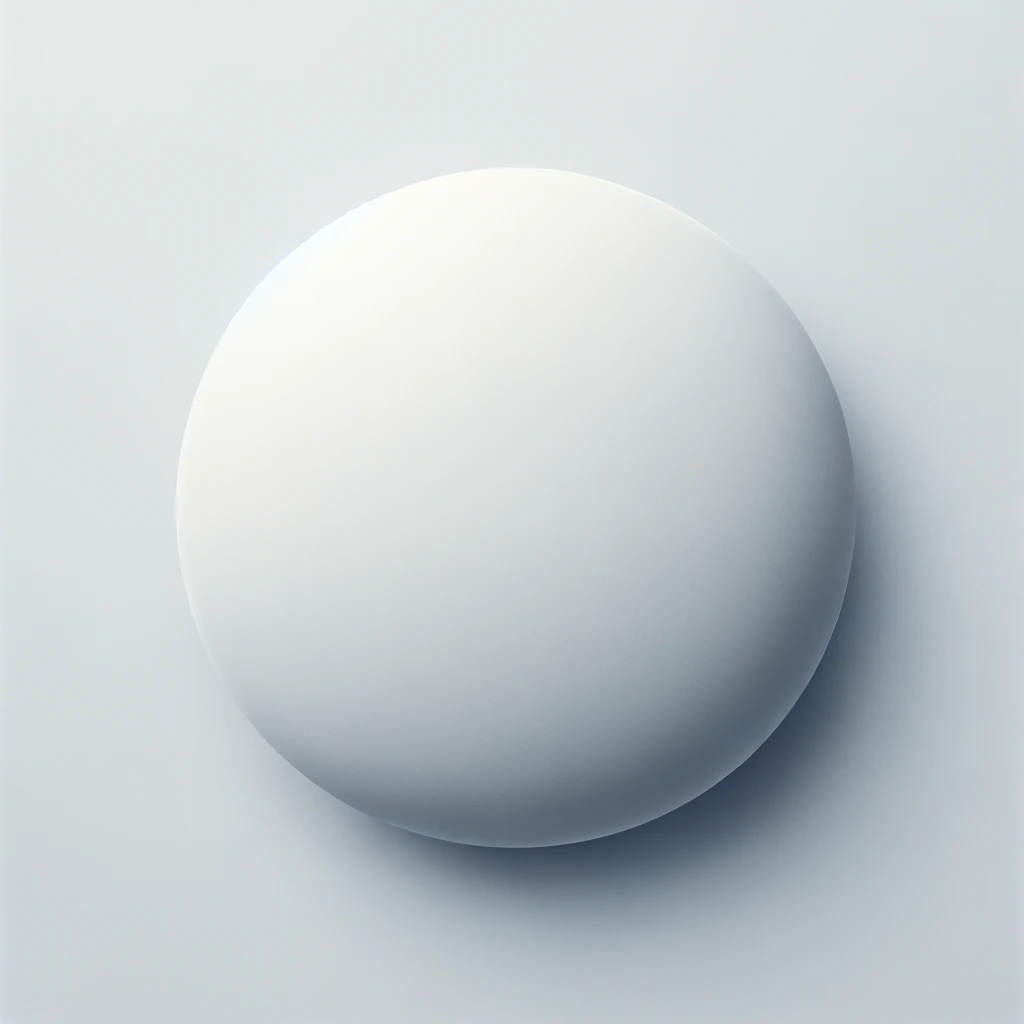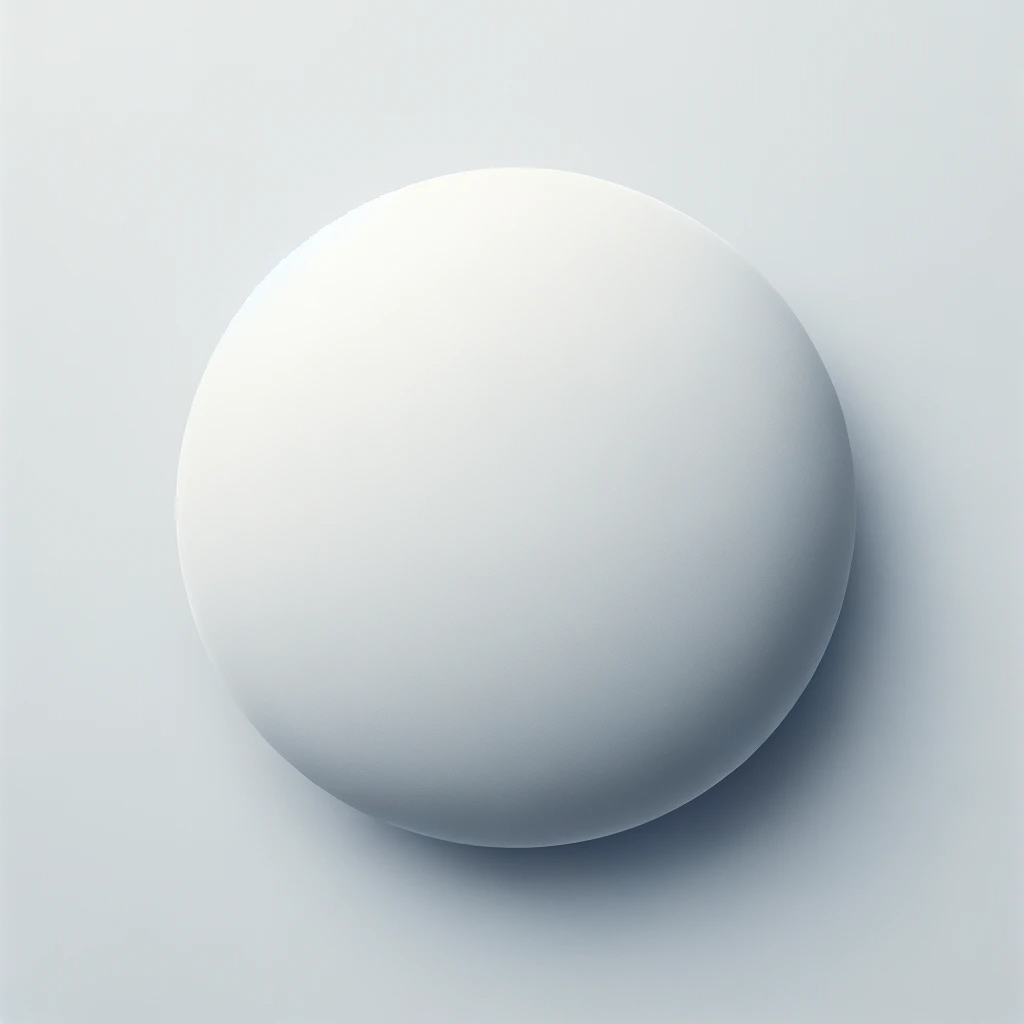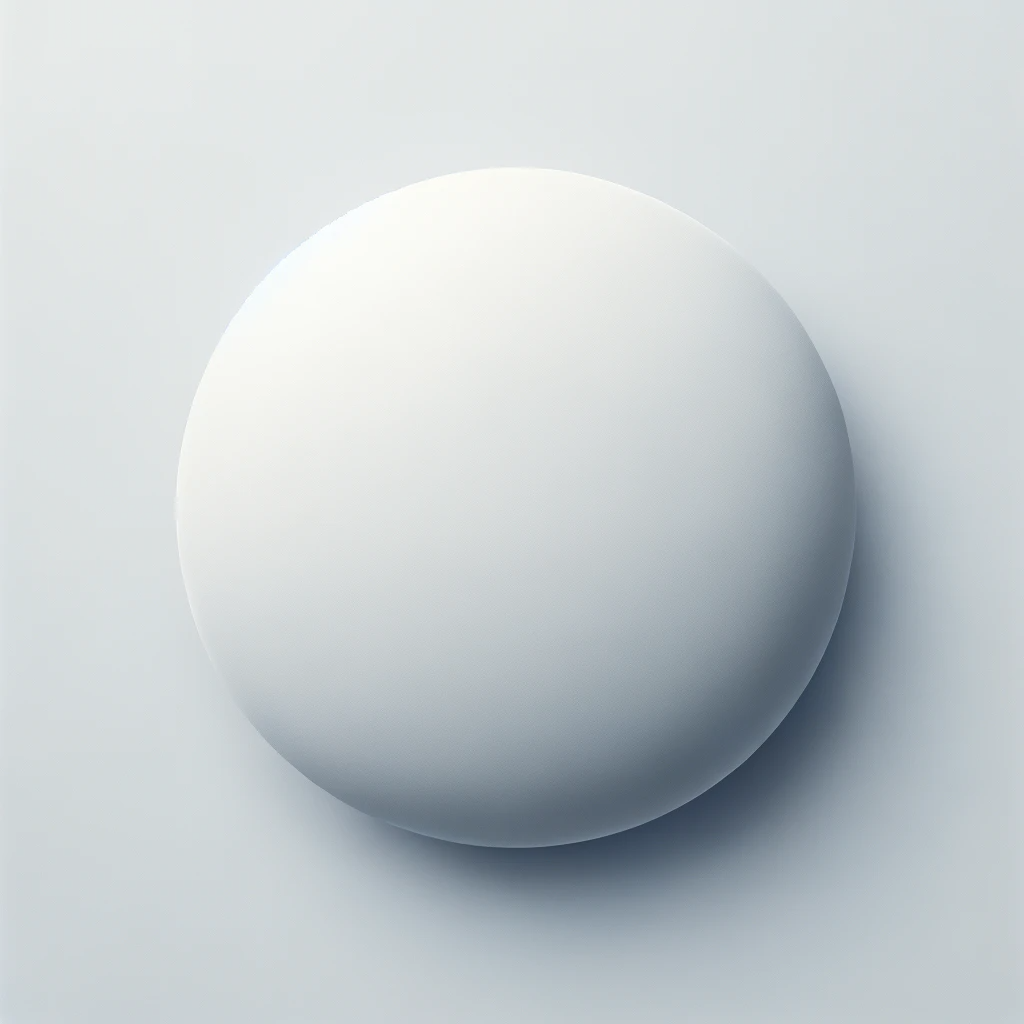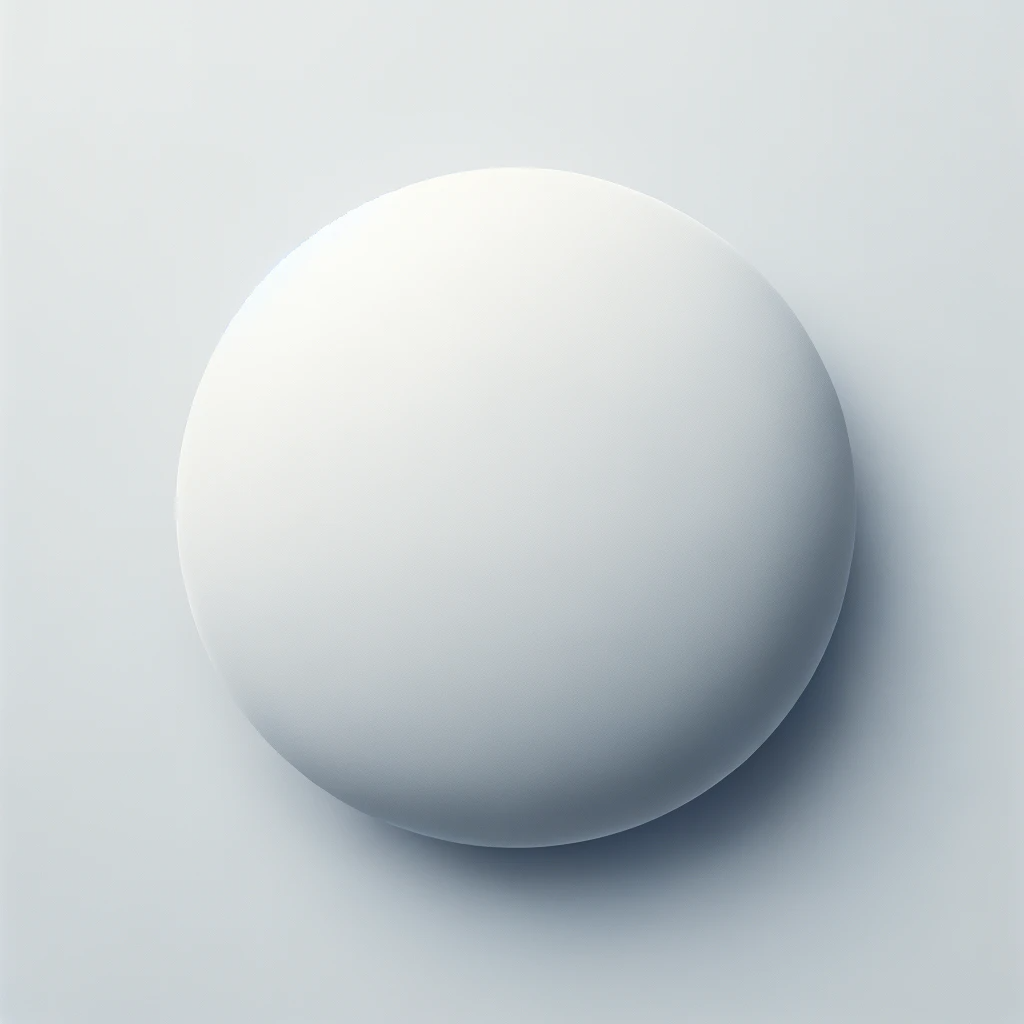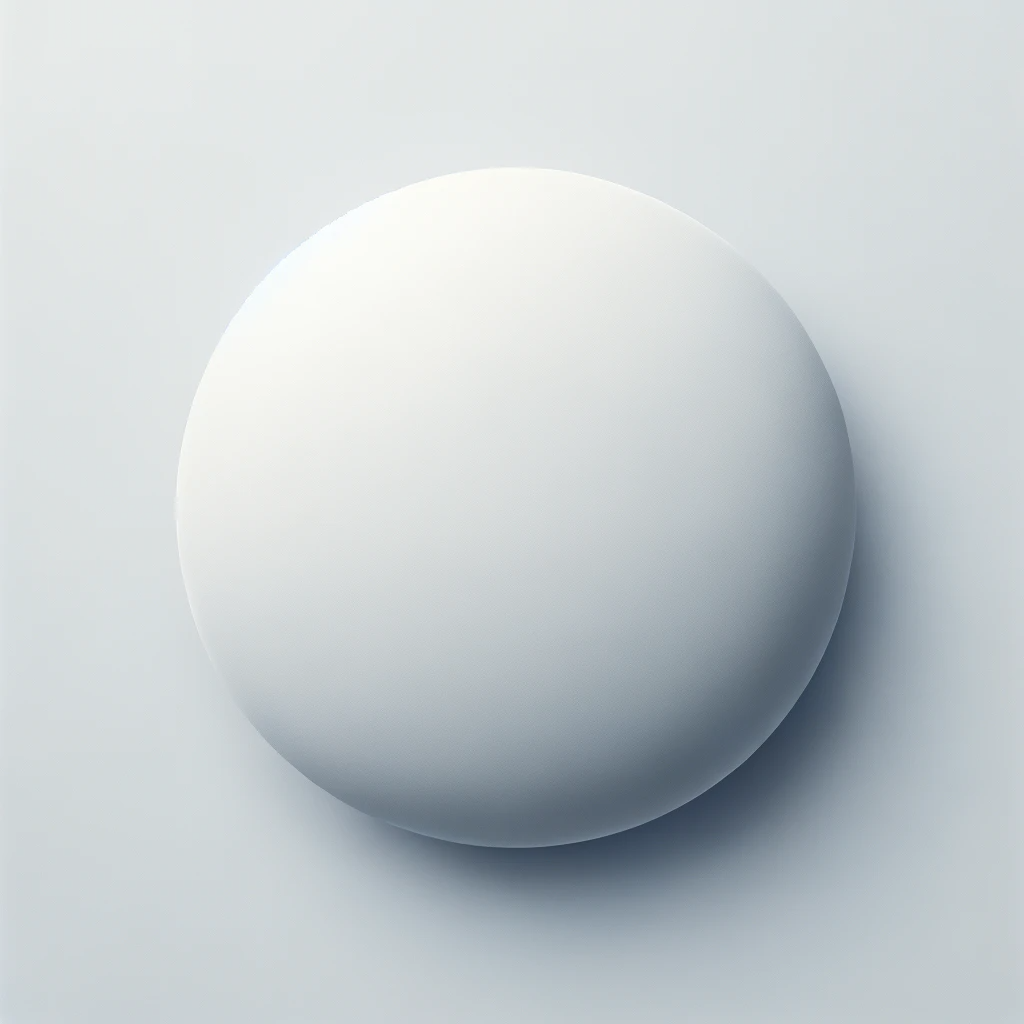How To Experiment 25 calorimetry pre lab answers: 4 Strategies That Work
A 78.51 g plate of an unknown metal is removed from boiling water (1.00x102 °C) and is immediately immersed in a calorimeter containing 62.87 g of water that is initially at 24.39°C. The final temperature is 28.89°C. Calculate the specific heat capacity of the unknown metal in J/g°C. Round your answer to 2 decimal places.Construct a calorimeter, where two polystyrene coffee cups with a plastic cover on top are nested together. Weigh and record the mass of the clean, dry calorimeter. Place the calorimeter into a 400 mL glass beaker for stability during the experiment. Measure 25.0 mL of 1.00 M H 2 SO 4 and 75.0 mL of 1.50 M NaOH into separate 100 mL beakers.Pre-Lab Hints. Explain how the temperature of the metal and the water bath become equalized, and how that final equalized temperature is measured. Heat loss causes a lower Tf. Examine Figure 25.5 and read the label over the line to see the overall effect on Tf.As part of this lab, you will: ... Calorimetry Many experiments in thermochemistry involve a calorimeter. A calorimeter is simply a container that ... calorimeter containing 25.0 mL of water with an initial temperature of 23.4 °C. A graph similar to the one shown in Figure 2 was obtained. Using the graph, the final temperature of the metal and ...Procedure. -fill beaker about 3/4 full of tap water and boil. -fill test tube with metal about 1/4 full and find the mass of the metal. -transfer metal to tube and place in hot water bath making sure all metal is below water. -boil until metal has reached temp of water. -measure out 100 mL of water into cup and record mass.Terms in this set (6) Calorimetry measures the amount of heat in a chemical reaction. Whether metabolized in the body or burned outside the body, food produces the same amount of energy. Study with Quizlet and memorize flashcards containing terms like Calorimeter, Why can we use calorimetry to determine the amount of energy produced …The primary device used in this two-part experiment was a calorimeter. Both parts of the experiment involved the use of an apparatus called a calorimeter, which was used to measure the quantity and direction of heat flow in a chemical reaction. In the first part of the experiment the calorimeter in order to determine the specific heat of an ...49 Experiment # 7 CALORIMETRY CHM 1045L/CHM 1046L PRE-LAB NAME DATE STD #. SEQUENCE# 1. State Hess's law. 2 When 2.76 g (0.0200 mol) of K COs was mixed with 30.0 ml of approximately 2M (a) Write a balanced equation for this reaction. (b)Calculate the enthalpy change (A H) of this reaction per mole of potassium HCI, the temperature rose …Answers should be. In a calorimetry experiment at constant pressure, a student reacts 1.25 g of ZnO (81.38 g/mole) with 40.0 g of aqueous HCl solution to produce aqueous zinc chloride and liquid water. The initial temperature of the solution is 21.72 ⁰C and the final temperature is 23.89 ⁰C. Show all work including formula used for the ...Potato chip calorimetry lab answers · Shree ganesh cotton dress material online shopping · Animated promo presenter · Hunting the elements worksheet answer key.. 18.06.2019 — Determine the specific heat capacity of …Experiment 25 Calorimetry Pre-laboratory Assignment; Experiment Answers; Related documents. Experiment 5 Prelab Assignment; ... To find the unknown answer for Part B, repeat these procedures with Part B unknown. Post Lab Questions 4. Three colorless solutions in test tubes, with no labels, are in a test tube rack on the laboratory bench. …In today’s digital age, mobile gaming has become increasingly popular. With the introduction of app lab games, players now have access to a wide range of entertaining and immersive...49 Experiment # 7 CALORIMETRY CHM 1045L/CHM 1046L PRE-LAB NAME DATE STD #. SEQUENCE# 1. State Hess's law. 2 When 2.76 g (0.0200 mol) of K COs was mixed with 30.0 ml of approximately 2M (a) Write a balanced equation for this reaction. (b)Calculate the enthalpy change (A H) of this reaction per mole of potassium HCI, the temperature rose …Free practice questions for AP Chemistry - Calorimetry, Specific Heat, and Calculations. Includes full solutions and score reporting.Study with Quizlet and memorize flashcards containing terms like Part A.1. The 200-mm test tube also contained some water (besides the metal) that was subsequently added to the calorimeter (in Part A.4). Considering a higher specific heat for water, will the temperature change in the calorimeter be higher, lower, or unaffected by this technique ...Calculation: Heat Capacity of Calorimeter 50 mL of water at 40 °C is added to a calorimeter containing 50 mL of water at 17 °C. After waiting for the system to equilibrate, the final temperature reached is 28 °C. Calculate the heat capacity of the calorimeter. (sp_heat of water = 4 J/g×°C) Δthot = 28 °C - 40 °C = -12 °CThis experiment is done in a team of two. Place 200 mL of room temperature water from a carboy in a 250 mL beaker and set it aside for later use. Next place about 250 mL of tap water into a 400 mL beaker. Add 4-5 boiling chips into the tap water to prevent bumping. Bring the tap water to a gentle boil using a hot plate.Experiment 25 Calorimetry Pre-laboratory Assignment; Experiment Answers; Related documents. Experiment 5 Prelab Assignment; ... To find the unknown answer for Part B, repeat these procedures with Part B unknown. Post Lab Questions 4. Three colorless solutions in test tubes, with no labels, are in a test tube rack on the laboratory bench. …Experiment 6 ∙ Calorimetry 6‐2 Experiment 6 Calorimetry Mathematical development The calorimeter constant Ccal Calorimetry is the science of measuring the quantities of heat released or absorbed during a chemical reaction. The amount of heat that flows in …2. In Part I of the experiment, would you expect qmeral to be positive or negative? Would you 3. Consider the two parts of the. Question: Experiment 11: CALORIMETRY Pre-Lab Exercises I. In Part I of the experiment, which do you expect to be larger, T'nitial or Trinal of the water? Based on your answer, do you expect ATwater to be positive or ...Post any question and get expert help quickly. Start learning. Answer to CALORIMETRY EXPERIMENT PRE-LAB... | Chegg.com.pre lab 10 help for chem 1 bryce augustine chem 005 05 march 2021 pre lab 10: vinegar analysis .10 mol (.025 .0025 mol .0025 mol naoh mol mol naoh) .0025 mol ofExperiment 25 Calorimetry Pre-laboratory Assignment; Experiment Answers; Related documents. Experiment 5 Prelab Assignment; ... To find the unknown answer for Part B, repeat these procedures with Part B unknown. Post Lab Questions 4. Three colorless solutions in test tubes, with no labels, are in a test tube rack on the laboratory bench. …Question: Experiment 25 Report Sheet Calorimetry Lab Sec Name Date A. Specific Heat of a Metal Unknown No. Desk No. Trial 1 Trial 2 15002 22,791 1. Mass of metal (g) 2. Temperature of metal (boiling water) ( C) …Needham has decided to maintain its Buy rating of Planet Labs (NYSE:PL) and lower its price target from $9.00 to $8.00. Shares of Planet Labs are ... Needham has decided to maintai...Experiment 25 Calorimetry Lab Report.pdf. Nova Southeastern University. CHEM 1300. Module 7 Assignment: Part 2: SES 141: Energy in Everyday Life (2020 Spring - B).pdf ... Experiment 13_ Molar Volume of O2- Pre-lab.docx. Nova Southeastern University. CHEM 423. Calcium carbonate. ... you are asked to answer the following in relation to …Calculate the heat absorbed by the water in kJ. Round your answer to two decimal places. 5.35 kJ. A 81.98 g plate of an unknown metal is removed from boiling water (1.00x102 °C) and is immediately immersed in a calorimeter containing 59.25 g of water that is initially at 24.80°C. The final temperature is 28.32°C.Full Lab Report Experiment 9 and 10; Dry Lab 2A - answers to the assignment; Preview text. Experiment 25 – Calorimetry ... Use the updated report sheet seen below for Part C of Experiment 25, Calorimetry. ... Experiment 5 pre …Step 1. Answer: Abstract: Calorimetry is a fundamental technique used to measure the heat exchange in chemical and phy... View the full answer Step 2. Unlock. Step 3. Unlock. Step 4.Terms in this set (6) Calorimetry measures the amount of heat in a chemical reaction. Whether metabolized in the body or burned outside the body, food produces the same amount of energy. Study with Quizlet and memorize flashcards containing terms like Calorimeter, Why can we use calorimetry to determine the amount of energy produced …experiment 25 calorimetry. What is the procedure for heating a metal to an exact, but measured, temperature? 10 to 30g metal should be transferred into a test tube that's in the beaker in the water. Let it remain for ten minutes and to reach equilibrium.If you measure the initial and final temperatures, the energy released can be calculated using the equation Q = Δt*m*c, where Q = heat energy absorbed (in J), Δt = change in temperature (in °C), m = mass (in g), and c= specific heat capacity (4.185 J/g°C for water). Q/g of food burned gives the energy content per gram. Lesson Files.Prior to any measurement for a sample in the calorimeter, its heat capacity must be determined. This will be obtained by calibrating the calorimeter with a known pure sample. A weighed mass of benzoic acid is combusted because its heat combustion is known. The observed temperature rise is used to determine the heat capacity of the calorimeter.Using the law of Dulong and Petit, calculate the atomic weights of the metals. Finally, calculate the valence of the metals based on their equivalent weights (from Experiment 5) and the atomic weights obtained from the calorimetry experiments. Data: Part A: Temperature of warm water: 52°C Temperature of cool water: 25°C Chemistry questions and answers. Experiment 13 Prelaboratory Assignment A Carbonate Analysis: Molar Volume of Carbon Dioxide Lab Soc. Nome. Desk No. Date 1. In some solid calcium carbonate samples,calcium bicarbonate, Ca (HCO,- is also present Write a balanced equation for its reaction with hydrochloric acid. 2. Experimental Procedure, Part A2a. Part A.1. The 200-mm test tube also contained some water (besides the metal) that was subsequently added to the calorimeter (in Part A.4). Considering a higher specific heat for water, will the temperature change in the calorimeter be higher, lower, or unaffected by this technique error? Explain.Study with Quizlet and memorize flashcards containing terms like Beryllium is a rare metal that is gray in color, strong, and lightweight. The following data was obtained from a calorimeter experiment: The specific heat of beryllium is _____ J/g°C 0.124 0.549 1.82 9.61 9520, The lab procedure involves several factors, listed below. Some were variable and some were constant. Label each factor ...The first experiment was using 0.5M of NaOH and HCl. At first, the temperature increase from 28C° to 29 C° and it stays constant for about 90 seconds. It starts to decrease to 28 C° after about a minute. The same situation also applies to the second and third experiment. For the second experiment, 1M of NaOH and HCl and 2M for theIn today’s competitive job market, interviews have become more challenging than ever. Employers are constantly looking for candidates who can demonstrate their skills, experiences,...In today’s fast-paced business world, providing exceptional customer service is essential for any company looking to stay ahead of the competition. One area that often gets overloo... Chemistry questions and answers. Experiment 25 Report Sheet Calorimetry te Lab Sec Desk No A. Specific Heat of a Metal Unknown No Trial 2 rial I 1. Mass of metal (g 2. Temperature of imetal (boiling water) C) 3. Mass of calorimeter (g) 26 5 4. Mass of calorimeter + water (g) 5. Mass of water (g) 6. Temperature of water in calorimeter C) 7. Pre-Lab Hints. Explain how the temperature of the metal and the water bath become equalized, and how that final equalized temperature is measured. Heat loss causes a lower Tf. Examine Figure 25.5 and read the label over the line to see the overall effect on Tf.Expert-verified. 100% (34 ratings) Share Share. View the full answer. Previous question Next question. Transcribed image text: Experiment 25 Report Sheet Calorimetry Date …Are you a gaming enthusiast looking for a new and thrilling experience? Look no further than App Lab games. Whether you’re a casual gamer or a hardcore player, App Lab offers an ex...For a more detailed procedure refer to pages 296-298 for Experiment 25: Calorimetry in the lab manual titled, Laboratory Manual for Principles of General Chemistry, (2013) by J. Beran. Hypothesis: My hypothesis for the lab was that the metal used would have a low specific heat value and that the salt would have an endothermic reaction. In the ...Chemistry questions and answers. Experiment 7 Calorimetry and Hess's Law Pre Lab Exercise 1. When a 0.800 g sample of CaCl, was dissolved in 9.85 g of water in a microscale calorimeter, the temperature of the solution rose from 23.4°C to 35.8°C. a) Calculate the heat (in joules) released by the dissolving salt. Experiment 25 Pre-Lab Questions. Experimental Procedure, Part A. What is the procedure for heating a metal to an exact but measured temperature? The metal between 10-30 g is transferred to a test tube, place the tube in boiling water for ten minutes until it reaches a thermal equilibrium. Experimental Procedure, Parts A, 5. a. As virtual reality (VR) gaming continues to gain popularity, Oculus Quest 2 has become a leading choice for VR enthusiasts. With its cutting-edge technology and immersive experienc...Using the law of Dulong and Petit, calculate the atomic weights of the metals. Finally, calculate the valence of the metals based on their equivalent weights (from Experiment 5) and the atomic weights obtained from the calorimetry experiments. Data: Part A: Temperature of warm water: 52°C Temperature of cool water: 25°CThe specific heat of water is 4.18 J/g · °C. The heat capacity of the water equals the mass of water times the specific heat of water, i.e., Cwater = mwater · swater. Substitution into equation 3 yields equation 4: ( 4 ) q water = m water · s water · Δ T water. Finally, equations 1, 2 and 3 can be combined into the calorimetry equation ...Molecular Properties CHM 210 12 NAME TA LAB TIME AND DAY LAB PARTNER Pre-Lab Questions Answer the following questions before coming to class 1. The following data were obtained in an experiment to determine the enthalpy of fusion of water. ... Mass of water in calorimeter 108.31 g Initial temperature of water 25.1°C Mass of ice at O'C = 5.35 g ...This problem has been solved! You'll get a detailed solution from a subject matter expert that helps you learn core concepts. Question: Experiment 12: Calorimetry and Hess' Law Pre-Laboratory Questions Name Section 1. Explain what will happen when a hot object and a cool object come in contact with each other Heat i be trans fered fron the hot ...Expert-verified. 100% (34 ratings) Share Share. View the full answer. Previous question Next question. Transcribed image text: Experiment 25 Report Sheet Calorimetry Date …Chemistry 132-Laboratory Experiment #9 9. CALORIMETRY & ENTHALPY OF FORMATION ( ?H) FOR SOLID MAGNESIUM OXIDE PRE-LAB ?UESTION: You measure the following heats of reaction at 298°K: Ca (s) + 2H (ag)Ca ag)H2H543 KJ/mol CaCOs o) + 2H ()Ca (a)CO2e H0 AH -15 KJ/mol Look up the heats of formation for CO2 (e) and H20y) in the thermodynamic tables and use this information along with the above heats ...Question: Section: Name: EXPERIMENT 8: CALORIMETRY Pre-Lab Questions A student carries out the following reaction in lab by mixing 50.0 mL of a 1.00 M solution of hydrochloric acid with 50.0 mL. of a 1.00 M solution of potassium hydroxide: HCl (aq) + KOH (aq) → Ka (aq) + H2O (1) The average initial temperature of the two solutions was 25.00℃.Jun 18, 2019 · In the laboratory, heat flow is measured in an apparatus called a calorimeter. A calorimeter is a device used to determine heat flow during a chemical or physical change. A doubled Styrofoam cup fitted with a cover in which a hole is bored to accommodate a thermometer can serve well as a calorimeter (See Figure 7.1.) Figure 7.1 Coffee Cup ... a, b, c. hess's law. delta H (a) + delta H (b) = delta H (c) tools used in the lab. styrofoam calorimeter, thermometer, watch glass. heat energy released by reactions a, b, and c can be calculated using the equation. (specific heat) (mass) (change in temperature) Study with Quizlet and memorize flashcards containing terms like objective 1, an ... Calculation: Heat Capacity of Calorimeter 50 mL of water at 40 °C is added to a calorimeter containing 50 mL of water at 17 °C. After waiting for the system to equilibrate, the final temperature reached is 28 °C. Calculate the heat capacity of the calorimeter. (sp_heat of water = 4 J/g×°C) Δthot = 28 °C - 40 °C = -12 °C Chemistry. Chemistry questions and answers. PRE-LAB QUESTIONS EXPERIMENT Styrofoam ™ Cup Calorimetry: Atomic Weights 8 1. Find and report literature values for the specific heats of the metals used in this experi- ment at room temperature. Coduim = 0.05uq caygrom ê Tin=0.0502 cal/grame chromuin = Oill Calaram Ć Zinc = 0-0932 Cal/grami iron ... Pre-Lab Questions 1. A candy bar has a totaExperiment 25 Calorimetry. To determine the specific heat of a metal; Chemistry. Chemistry questions and answers. Experiment 25 Report Sheet Date A. Specific Heat of a Metal Unknown No. Lab Sec. Name Calorimetry Desk No. Trial I 1. Mass of metal (g) 2. Temperature of metal (boiling water) c 3. Mass of calorimeter (g) 4. Mass of calorimeter + water (g) 5. Mass of water (g) 6. Temperature of water in calorimeter (C) 7. • Answer the pre-lab questions that appea A calorie is the amount of heat (energy) required to increase the temperature of 1 gram of water by 1 °. C. This process is the basis of the technique of calorimetry. In this lab investigation, you will use the methods of calorimetry to approximate the amount of energy contained in a potato chip and/ or other food items. Post lab experiment 3 - pre lab report for ...
Continue Reading